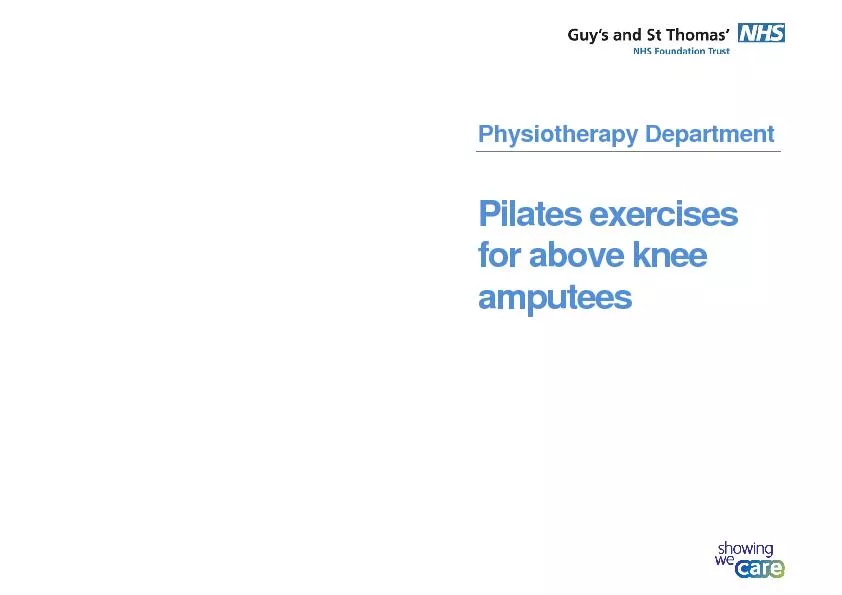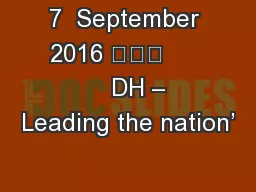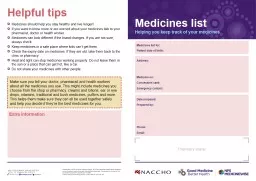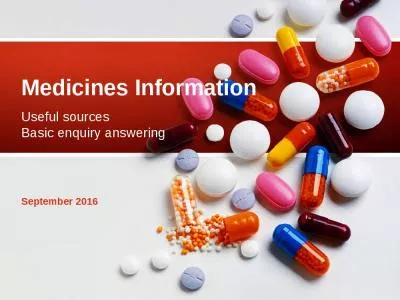PDF-Pharmacy Medicines HelplineTo make comments or raise concerns about th
Author : yoshiko-marsland | Published Date : 2016-02-29
Leaflet number 3999VER1Date published December 2014Review date December 2017
Presentation Embed Code
Download Presentation
Download Presentation The PPT/PDF document "Pharmacy Medicines HelplineTo make comme..." is the property of its rightful owner. Permission is granted to download and print the materials on this website for personal, non-commercial use only, and to display it on your personal computer provided you do not modify the materials and that you retain all copyright notices contained in the materials. By downloading content from our website, you accept the terms of this agreement.
Pharmacy Medicines HelplineTo make comments or raise concerns about th: Transcript
Download Rules Of Document
"Pharmacy Medicines HelplineTo make comments or raise concerns about th"The content belongs to its owner. You may download and print it for personal use, without modification, and keep all copyright notices. By downloading, you agree to these terms.
Related Documents














